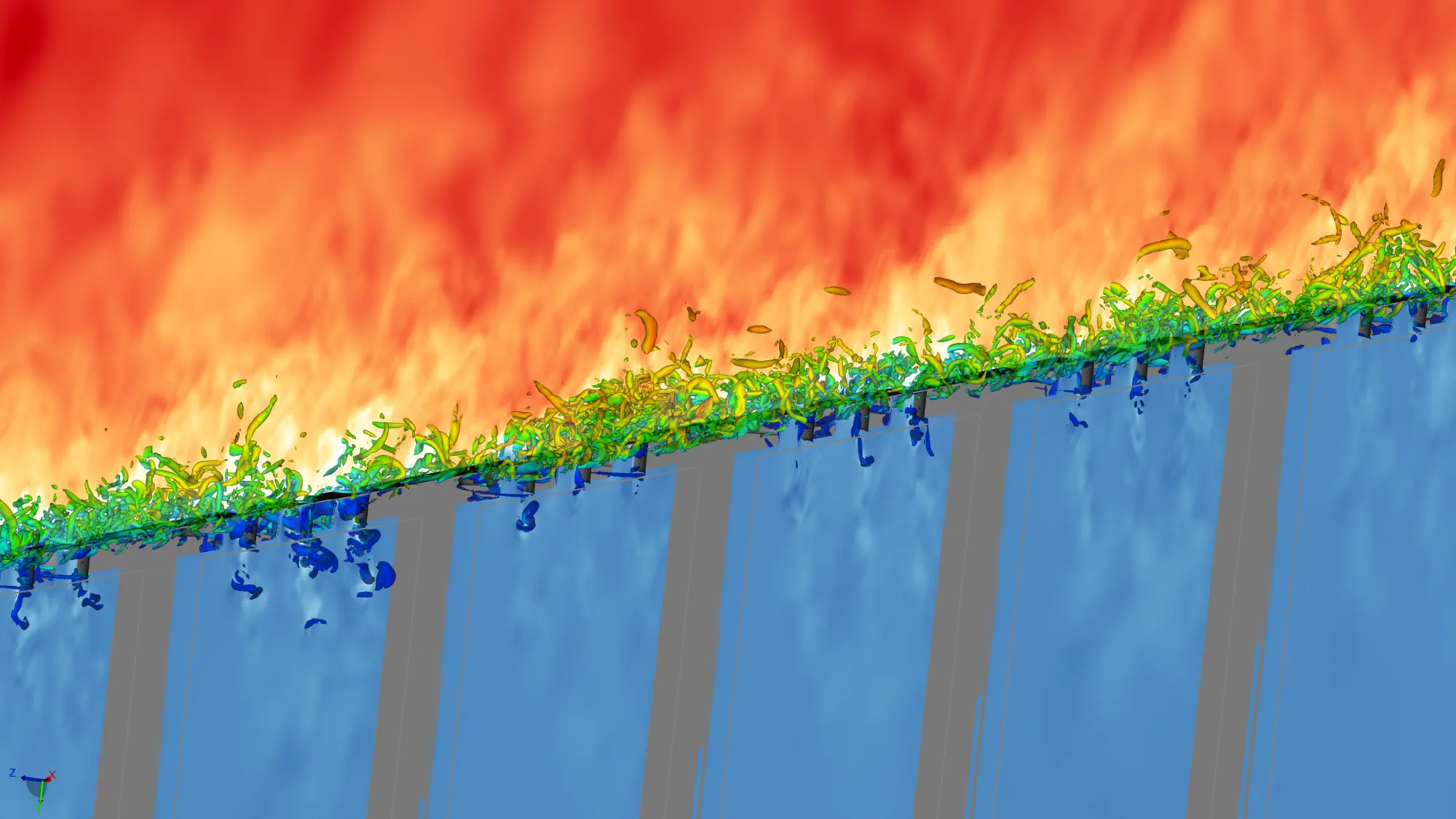FLOW-ACOUSTIC INTERACTION OVER AN ACOUSTIC LINER

PhDAER Seminar
Tuesday, March 11, at 10:00 - Dipartimento di Scienze e Tecnologie Aerospaziali, Politecnico di Milano, Sala Consiglio DAER, Second Floor, Campus Bovisa, Via La Masa, 34, Milano (MI)
Streaming at: https://politecnicomilano.webex.com/meet/barbara.re
Acoustic liners are a widely adopted noise reduction technology to reduce fan noise in turbofan engines.
A detailed description of how an acoustic wave and a turbulent flow interact over an acoustic liner is still missing, which is needed to: (i) improve existing boundary conditions adopted in numerical simulations to model the acoustic liner, and (ii) to develop advanced acoustic liners technologies suitable for upcoming ultra-high bypass ration engines.
In this talk, the results of scale-resolved LBM/VLES high-fidelity numerical simulations are described.
Focus is given on the effect of the face-sheet geometry on the acoustic-induced velocity within the face-sheet orifice.
Speaker:
Francesco Avallone is Full Professor in Fluid Dynamics at the Politecnico di Torino since May 2023. Previously, he was Tenured Assistant Professor at the Delft University of Technology, where he did also a two-year PostDoc. He received both his MSc and PhD degrees from the University of Naples Federico II. His PhD focused on non-intrusive techniques for boundary layer transition in hypersonic flows. Since 2015 he has worked in the field of Aeroacoustics. He was awarded the ERC StG in 2022 to study the flow acoustic interaction over an acoustic liner. He has worked on several international and national projects and has been author and co-author of more than 80 journal publications and 80 conference papers. He has been supervisor of more than 10 PhD candidates, 6 of them already obtained their PhD. His research interests are airfoil self-noise, rotor noise, acoustic liners, HVAC and fan noise. He is interested in both the physical understanding of the noise generation mechanisms and the development of novel noise reduction technologies. For his research, he uses both experimental and computational techniques.
25.02.2025